- By Alex Hollings
Share This Article
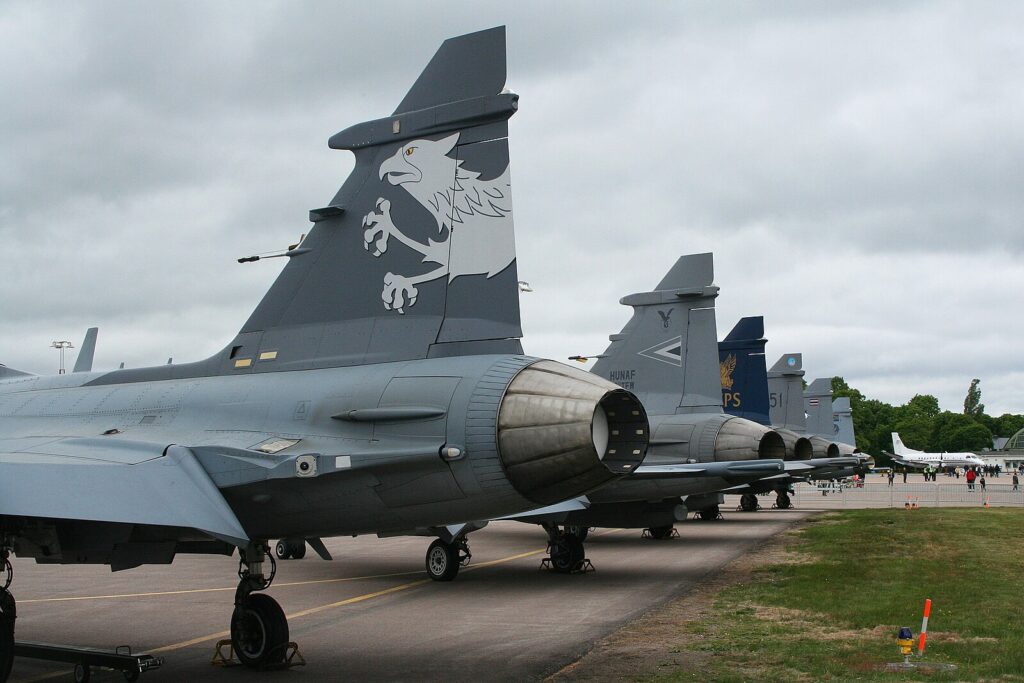
Last week, Ukraine signed a Letter of Intent with Sweden to procure between 100 and 150 SAAB Gripen E aircraft. The Gripen E is an advanced 4th-generation fighter that was, in a lot of ways, purpose-built for the type of conflict Ukraine is currently fighting. This represents not just the largest Gripen E fighter order to date, but promises to be the largest foreign defense contract a Swedish firm has ever signed. Yet, despite the capability these fighters could provide Ukraine in its current fight, it may be some time before we see this order filled.
Sweden also just took delivery of its first Gripen E, which is the latest variant of the Gripen fighter line that’s been in service in one form or another since 1996. This newest version is such a significant departure from its predecessors, however, that there was even discussion of giving it a new name at one point.
The Gripen E delivers a formidable blend of 4th generation performance and 5th generation avionics. The jet can stand and swing with air combat legends like the F-15 Eagle under the right circumstances, and deliver F-35-like degrees of situational awareness, but can even be operated from austere airstrips like desolate stretches of highway with the support of little more than a handful of maintainers and a hot pot of coffee.
But perhaps most remarkable of all, the Gripen E delivers this broad capability set with among the lowest claimed operating costs of any advanced fighter in service today. According to multiple sources, the Gripen E may cost as little as $6,000 to $8,000 per flight hour to operate, versus $10,000-$25,000 for the F-16 per hour, and more than $30,000 per flight hour for the F-35.
Sweden has a standing order for 60 Gripen Es and has signed export contracts with Brazil to deliver 36, Thailand for four, and Colombia for potentially as many as 24 jets. Ukraine’s order of 100 to 150 could more than double Sweden’s existing production. As such, it was announced on Monday that SAAB is looking to open a Gripen assembly line inside Ukraine as a result of this order.
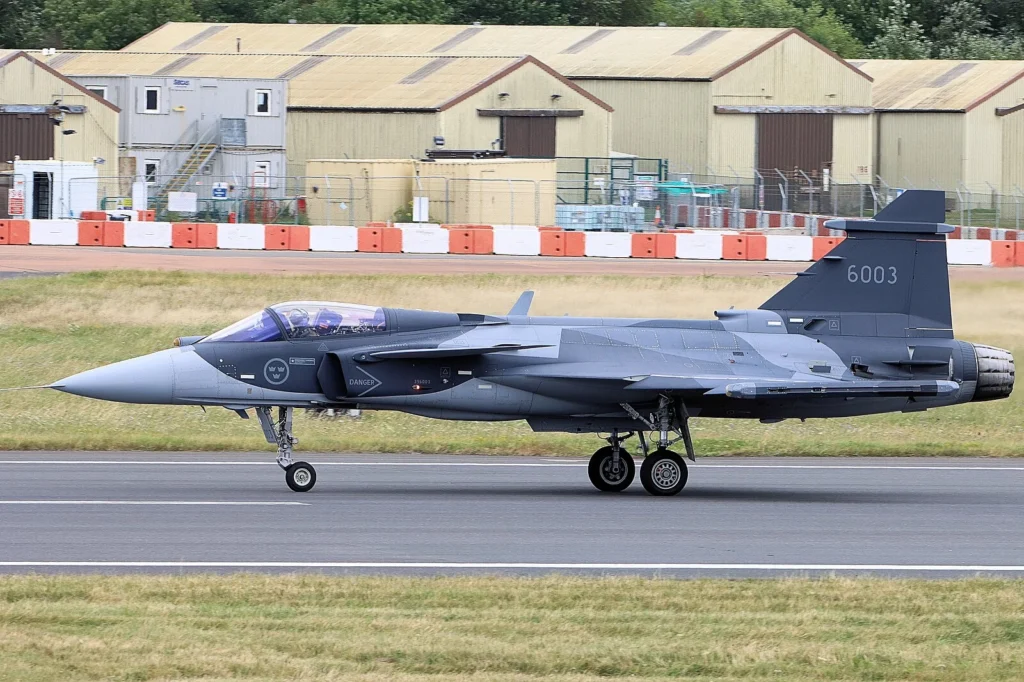
While that is a promising development for the future of Ukrainian security, it also points to just how long it may take to fill Ukraine’s fighter order. Swedish Prime Minister Ulf Kristersson recently told the press that he expects it to take around three years for the first new-build Gripen Es to arrive in Ukraine for service. It’s all but certain that Ukraine hopes its fight against this ongoing Russian invasion will have been long over by then, but depending on the outcome of the conflict and how that outcome is enacted, Ukraine may still need to worry about future Russian aggression.
At the onset of the war, Ukraine’s air force was made up entirely of dated, Soviet-holdover aircraft. This led to complications as Western nations worked to funnel resources and munitions into the country while modifying them to work on platforms like the MiG-29 and Su-27. Midway through 2024, Ukraine took delivery of the first of at least 85 promised F-16s, which are much more modern and capable fighters than Ukraine’s existing fleets, but these modernized F-16AMs are still only updated to an early 2000s standard. And hese American-sourced fighters have much steeper maintenance and runway requirements than the Gripen, leaving most experts to agree that the Swedish jet is better suited for Ukraine’s needs than the American workhorse fighter.
The Swedish Gripen was designed in a very different economic, political, and military environment to suit the exacting needs of a nation with a fraction of America’s budget and a very real Russian threat parked just across the Baltic Sea. The Gripen’s value to Sweden – and to Ukraine – isn’t necessarily predicated on how it stacks up against other fighters on paper, even if it does boast very respectable performance figures. What makes the Gripen special is that it was designed to be operated by a lone nation, with distributed assets in austere conditions and a relatively tight budget, against the modern Russian military in particular.
While it may not be until 2028 that new-build Gripen Es can be delivered to Ukraine, there remains a chance that Sweden might transfer its retiring Gripen Cs to the embattled nation as it replaces its own stocks with the more modern variant. This would not only give Ukraine another capable 4th-generation fighter to bolster its fleet, but also the opportunity to begin training pilots and support personnel for the new type of jet before production begins.
Related: With an eye to Russia, US sends 100 aircraft for NATO’s biggest air exercise ever
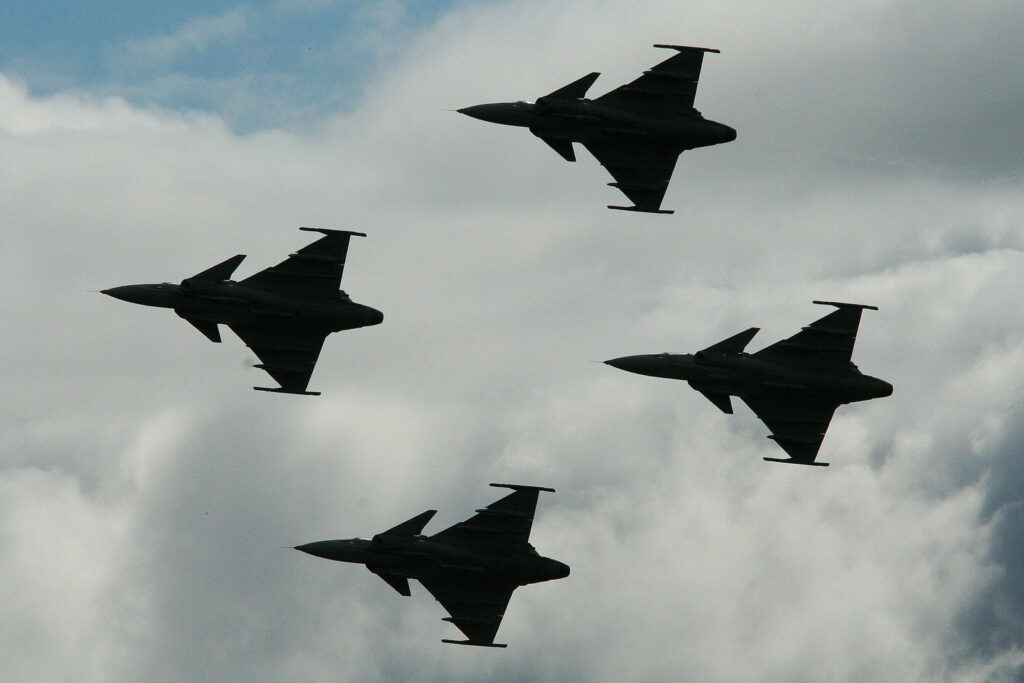
The JAS 39 Gripen C that comprises the backbone of Sweden’s fighter force today boasts a similar top speed to the F-16 at an even Mach 2, a similar service ceiling to the F/A-18 Super Hornet at around 52,000 feet, and a shorter combat radius than the F-35A at right around 500 miles. The Gripen C delivers a slightly lower thrust-to-weight ratio than the F-16, but its delta-wing design and canards allow it to outclimb the Viper for rapid intercepts, and under the right conditions, Gripens have even been known to outturn the F-16 in a fight.
The new Gripen E swaps out the C’s Volvo RM12 turbofan that could pump out 18,100 pounds of thrust under afterburner, with a GEF414 turbofan that offers a 25% increase in thrust output, up to around 22,000 pounds. However, the Gripen E is also a fair bit larger, adding about a foot to both its overall length and wingspan, respectively, and increasing the platform’s gross takeoff weight by a bit more than 5,500 pounds. As a result, it’s generally considered to offer similar performance figures, despite the added heft. However, the E really stands out in terms of avionics, swapping out its older pulse-doppler radar in favor of a new ES-05 active electronically scanned array and integrating an advanced new electronic warfare suite that was designed specifically for engaging Russian military assets.
Ukraine’s current F-16s can take off from runways potentially as short as around 1,750 feet, whereas the Gripen needs slightly less, at around 1,640. However, the Gripen is meant to operate from much more austere and rough airfields than the Viper, making it well-suited for using any straight 500-meter stretch of runway as an impromptu airfield. When it comes to landing, the Gripen needs only 600 meters, or a bit under 1,970 feet for a safe landing, versus the F-16’s required 2,650 feet.
Related: With Sweden in NATO, the alliance has new ways to strike Russia’s prime targets
Once on the ground, however, the Gripen really shines. The aircraft was designed specifically with ease of maintenance in mind. Last year, U.S. Air Force maintainers set a platform record on the F-15E Strike Eagle for an integrated combat turn, or ICT, in just 32 minutes. This meant completely refueling the fighter and re-arming it with air-to-air missiles to get back into the fight in that time. The Gripen, which is powered by just one engine and carries much less fuel, can complete the same air-to-air ICT in just 10 minutes, and just as incredibly, it requires just one qualified technician and five lightly-trained conscripts to do so. Those conscripts, Saab claims, need only 10 weeks of training to be able to support these quick-turnaround combat operations.
According to Saab, a typical Gripen combat force would include a total of 16 fighters, including 14 operational and two in reserve. A fleet of this size supported by around 100 people (including 32 pilots, 32 qualified technicians, and 40 conscripts), could produce 112 sorties of eight combat aircraft at a time and well over 200 total flight hours in a single 24-hour span, says Saab. According to the company’s promotional materials, this could be done with just two 20-foot shipping containers worth of equipment and materials.
A smaller detachment of just three Gripens in an austere environment could be set up with just 18 people, including four pilots, six technicians, six conscripts, and two logistics staff. These small, distributed units could produce four combat sorties per day, for a total of eight hours of flight time with minimal logistics support.
In other words, simply ranking the Gripen C, or even the more modernized E, against a list of advanced 4th- and 5th- generation fighters does the most brilliant aspects of this aircraft a disservice. The Gripen is not the top-of-the-line fighter in the world, and it wasn’t designed to be. Instead, it was purpose-built to stand toe-to-toe with those best-in-class jets under very specific circumstances, and snatch victory right out from under them through a powerful combination of well-chosen technologies and design pragmatism.
The Gripen, including the new Gripen E Ukraine has ordered, wasn’t designed to win any fight, rather, it was designed to win a specific one – that against Russia.
Editor’s Note: This article’s title has been updated to reflect the fact that Ukraine did not place an order for the Gripen E jets, but only signed a Letter of Intent to purchase the jets down the line.
Feature Image: Six Gripen aircraft of the Hungarian, Swedish, and South African air forces at the Malmen Airshow, June 2012. (Photo by Alan Wilson/Wikimedia Commons)
Read more from Sandboxx News
- Which service did best in the military recruiting boom? The numbers are in
- Viral video shows Korean company’s lifelike inflatable F-35 decoy
- Shield AI’s X-BAT promises to reshape the nature of drones
- New advances in submarine detection could upend nuclear deterrence as we know it
- These aircrew survival weapons have ensured US airmen stayed alive in rough situations
Related Posts
Sandboxx News Merch
-

‘Kinetic Diplomacy’ Bumper Sticker (White)
$8.00 Add to cart -
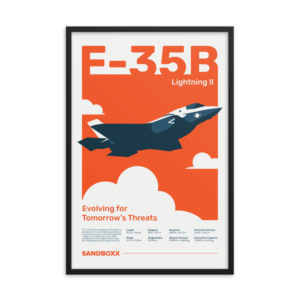
F-35 ‘Evolution’ Framed Poster
$45.00 – $111.00Price range: $45.00 through $111.00 Select options This product has multiple variants. The options may be chosen on the product page -
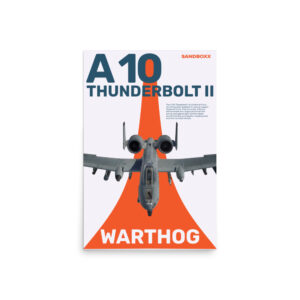
A-10 ‘Warthog’ Poster
$22.00 – $28.00Price range: $22.00 through $28.00 Select options This product has multiple variants. The options may be chosen on the product page

Alex Hollings
Alex Hollings is a writer, dad, and Marine veteran.
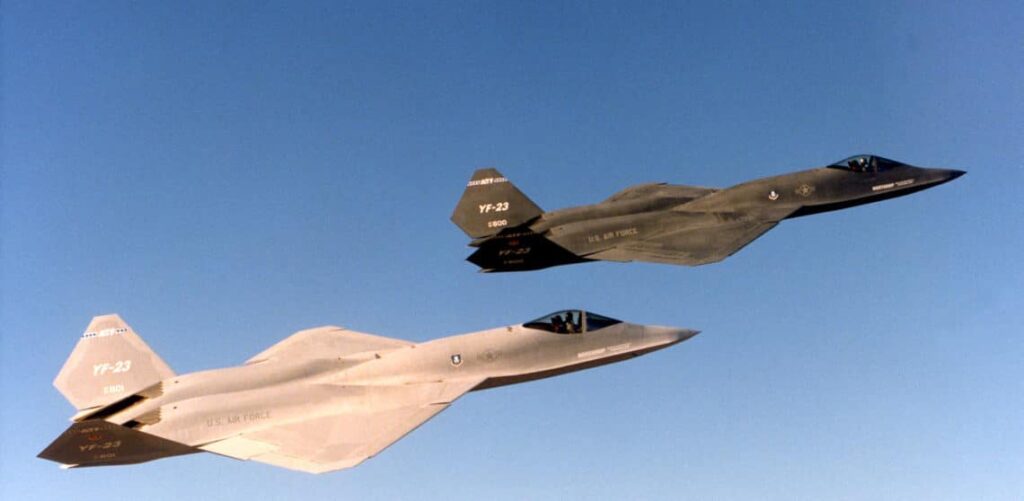
Could Northrop’s YF-23 have been better than the F-22?
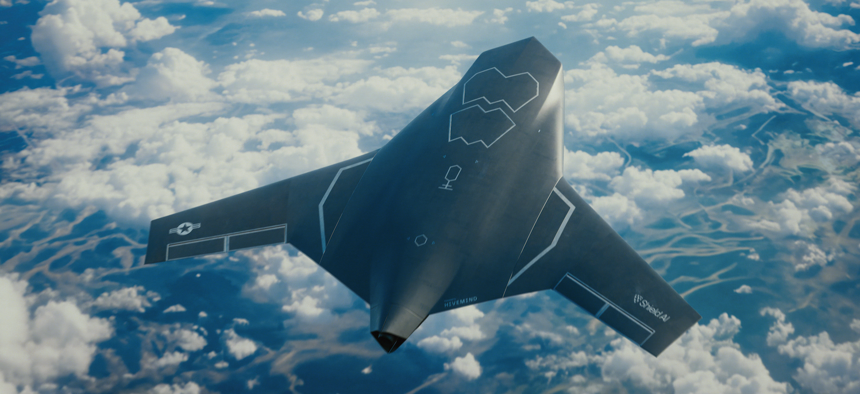
Why Shield AI’s X-BAT promises to reshape the nature of drones

Russia announces successful test of nuclear-powered cruise missile – but don’t believe that just yet

F-22 Raptor will become the first American jet to fly alongside drone wingmen
Sandboxx News
-

‘Sandboxx News’ Trucker Cap
$27.00 Select options This product has multiple variants. The options may be chosen on the product page -

‘AirPower’ Classic Hoodie
$46.00 – $48.00Price range: $46.00 through $48.00 Select options This product has multiple variants. The options may be chosen on the product page -

‘AirPower’ Golf Rope Hat
$31.00 Select options This product has multiple variants. The options may be chosen on the product page -

‘Sandboxx News’ Dad Hat
$27.00 Select options This product has multiple variants. The options may be chosen on the product page
